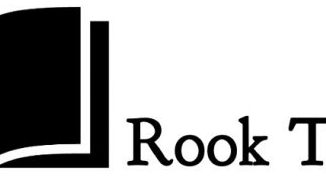
Style, tone and mood
Style, tone and mood have to do with the way the writer uses language to convey his story. Style Sentence length, structure and arrangement, paragraphs, word choice, word order all determine the style of a […]

Style, tone and mood have to do with the way the writer uses language to convey his story. Style Sentence length, structure and arrangement, paragraphs, word choice, word order all determine the style of a […]

References to the past and hints to the future are called flashbacks and foreshadowing. Flashback Flashbacks are used by the writer to refer to past events to give context or provide background information. It connects […]


Narrative perspective is about who and how the story is told. In novels we can have different narrative perspectives with each a different narrator. It is important to know who is talking, because it says […]


A character is a person portrayed in a narrative work. This ‘person’ can also be a personified animal or object, like the animals in Animal Farm and the tiger in Life of Pi. Most main […]



There are five main elements of fiction to be found in (nearly) every piece of fiction: plot, setting characters, narrative perspective, and theme. Plot is the sequence of events and their relationship in a […]

What is literature? There is no definition, there are no boundaries that tell what makes a work literary. There is a continuous debate on what is literature, as if the term itself is the holy […]
Copyright © 2024 | MH Magazine WordPress Theme by MH Themes